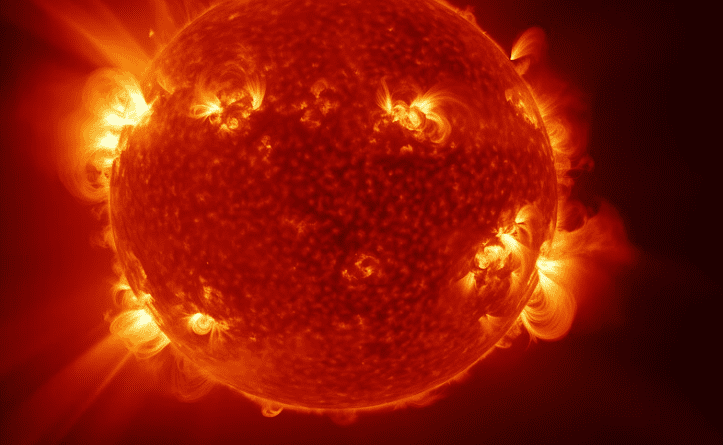Every year, heatwaves claim a lot of lives. Here are some tips for protecting ourselves from the heat and how it might kill. Learn the dos and don’ts.

Heatwaves may seriously endanger people’s lives and health. Extreme temperature exposure can have detrimental consequences on human health in a number of ways, including possibly fatal ones. Every year, heatwaves claim a great number of lives, thus it‘s critical to understand how to protect oneself when the sun is at its strongest. Going outside in intense heat may have a silent effect on your body and psyche.
Extended exposure to high temperatures can result in potentially fatal disorders like heat stroke, which require emergency medical attention since it can induce seizures and loss of consciousness. Heatwaves can affect heart function, therefore people who already have cardiac issues should exercise special caution.
Experts state that exposure to ambient temperatures exceeding 45°C (113°F) can have detrimental impacts on human health that could even be fatal.
Ways Heatwaves Can Endanger Your Life
1. Heat Stroke
A severe condition known as heat stroke occurs when the body’s ability to regulate its temperature fails, resulting in a core body temperature higher than 104°F (40°C). Confusion, convulsions, and unconsciousness are among the symptoms.
What to Do:
- Call emergency services immediately.
- Move to a cooler environment (indoors or shade).
- Use cooling measures such as applying ice packs to the neck, armpits, and groin, or immerse in a cool bath.
- Hydrate if conscious.
What Not to Do:
- Do not give caffeine or alcohol.
- Do not wait for symptoms to improve on their own; seek medical help immediately.
2. Heat Cramps
Painful muscular spasms known as “heat cramps” are frequently experienced in the arms, legs, or belly and are usually brought on by vigorous exertion in the heat.
What to Do:
- Rest in a cool place.
- Drink water or electrolyte solutions.
- Stretch and gently massage the affected muscles.
What Not to Do:
- Do not resume strenuous activity immediately; wait until cramps are fully resolved.
- Avoid heavy exercise in high heat until fully acclimated.

3. Heat Exhaustion
Excessive heat and dehydration can result in heat exhaustion, which can include fainting, nausea, weakness, and profuse perspiration.
What to Do:
- Move to a cool place and rest.
- Drink cool fluids, preferably water or sports drinks.
- Use cool compresses or take a cool shower.
What Not to Do:
- Avoid strenuous activities until fully recovered.
- Do not ignore symptoms, as it can progress to heat stroke if untreated.
4. Sunburn
Sunburn is skin damage caused by excessive exposure to UV rays, leading to redness, pain, and blistering.
What to Do:
- Move out of the sun immediately.
- Apply cool compresses and aloe vera or moisturizing lotion to the affected area.
- Stay hydrated and protect the skin from further sun exposure.
What Not to Do:
- Do not use petroleum-based products that can trap heat in the skin.
- Avoid further sun exposure until the sunburn heals.
5. Dehydration
When the body loses more fluids than it takes in, dehydration sets in, resulting in weakness, lightheadedness, and in extreme situations, renal failure.
What to Do:
- Drink plenty of fluids, particularly water and electrolyte solutions.
- Rest in a cool place.
- Eat hydrating foods like fruits and vegetables.
What Not to Do:
- Avoid sugary drinks, caffeine, and alcohol, as they can worsen dehydration.
- Do not ignore signs of severe dehydration like dark urine, dry skin, or fainting.
If appropriate measures are not taken, heatwave can be lethal and present a serious hazard to health. Serious illnesses such heat exhaustion, sunburn, heat cramps, dehydration, and heat stroke can result from them. Being safe in excessive heat requires being aware of the signs and knowing what to do and what not to do in each circumstance.
Always remain hydrated, look for cool spots or shade, and refrain from physically demanding activities during the hottest parts of the day to reduce the hazards. Watch weather forecasts and be ready to take precautions to keep yourself and others safe, especially those who are more susceptible than others, such the elderly, small children, and people with underlying medical issues.